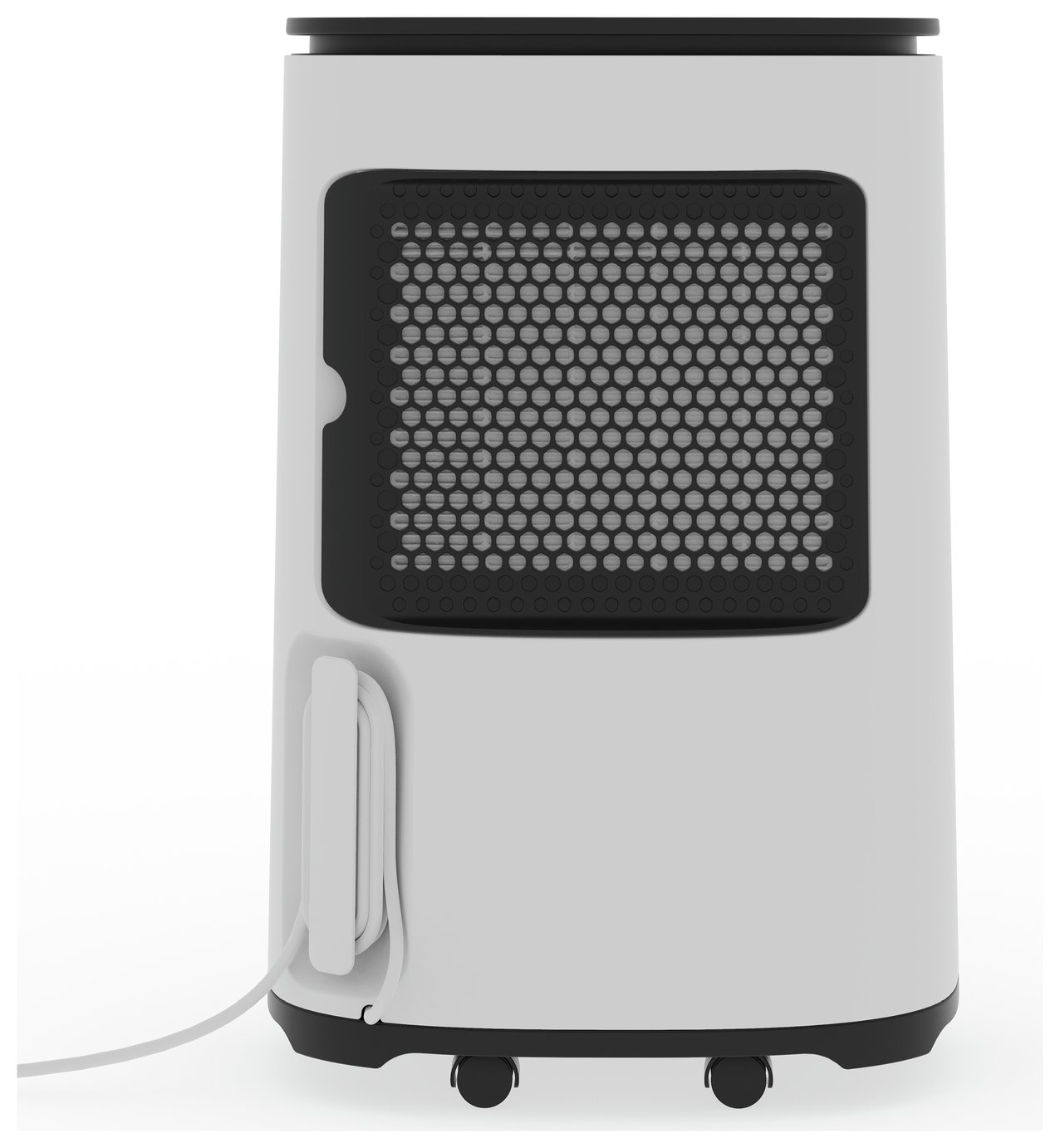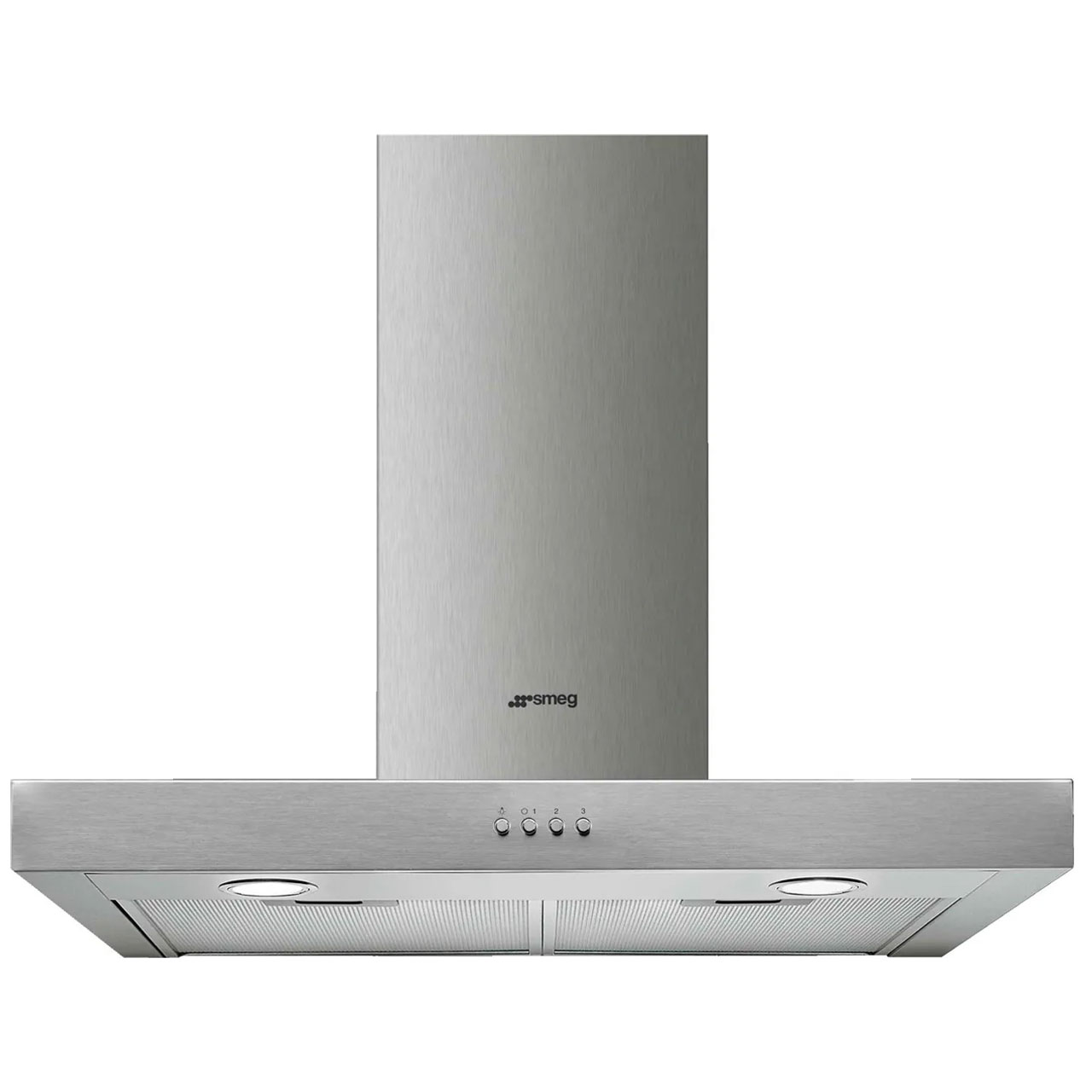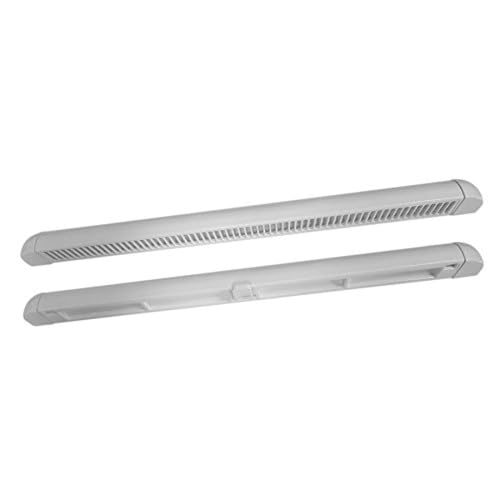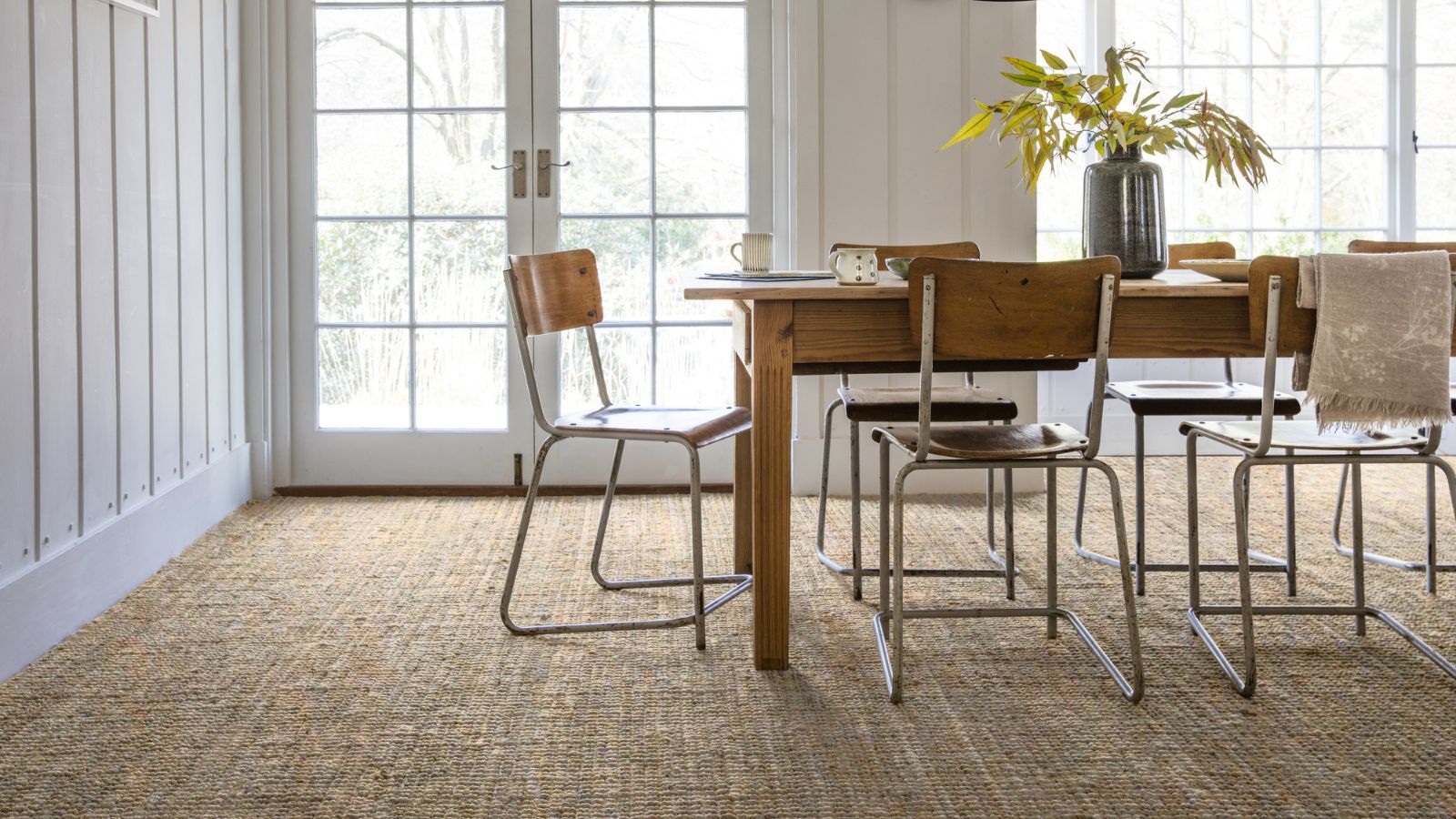How to stop condensation in your home — plus all the causes explained
When the cold weather strikes, discovering how to stop condensation is key. Here we delve into the causes and how you can get rid of it
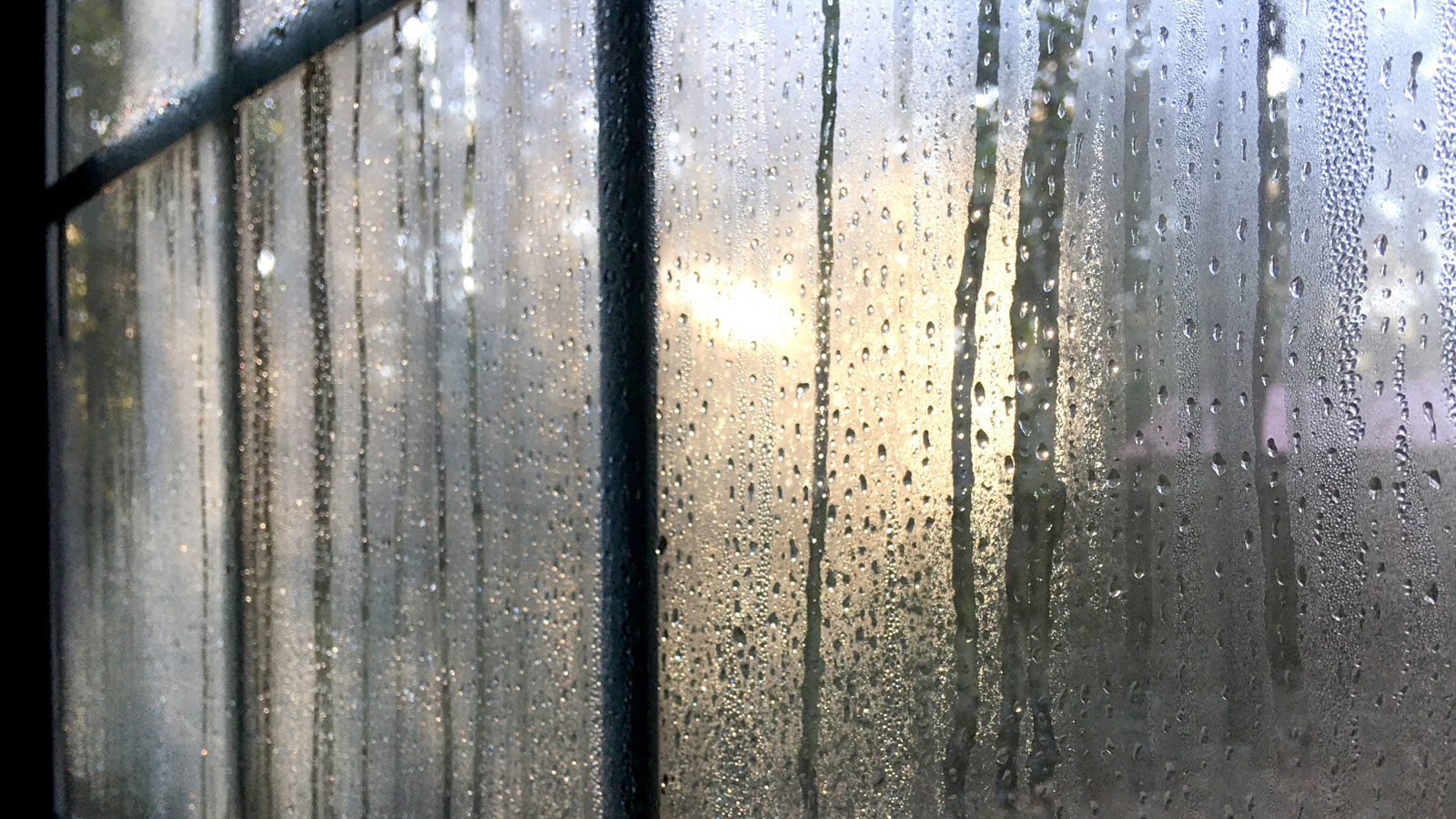
Knowing how to stop condensation will bring plenty of benefits to you and your home. No longer will you see water streaming down your windows in the morning, or damp patches appearing on your walls.
Window condensation is one of the most common forms of condensation. It's where warm, moist air comes into contact with a cold surface. The warm air decides it can't retain some of its moisture and forms into a liquid on the cold surface.
The same principle applies elsewhere in the home, like walls. Left unattended it's a breeding ground for mould. The key to getting rid of condensation is good insulation and improving ventilation to take control of humidity. Here you’ll find the answers to help finally say goodbye to condensation.

Jack has over 12 years of experience in sustainability in the built environment. His mission is to make every building energy efficient, bringing comfort, carbon reduction, lower costs and improved health and well being to their inhabitants.
What causes condensation in the home?
Day-to-day activities such as cooking, washing and drying clothes, heating and even breathing produce water vapour. Air can only hold so much moisture in the form of an invisible vapour, no matter what temperature it is.
When the air contains more moisture than it can hold, it reaches ‘saturation point’ and when this is reached, the moisture turns back into water and condensation occurs. The temperature reached at saturation point is called the ‘dew point’.
When this happens, the air has a relative humidity of 100%. But what is normal humidity in a house? The air in the majority of homes tends to have 50-70% relative humidity. Problems occur when structural defects in a building mean the moisture content has become too high; when old houses have no damp-proof course (DPC) and when there is inadequate ventilation in the home.
Period homes often have no damp proof course, which means moisture from the soil beneath the house rises up into ground floor rooms, whilst other homes suffer from bridged DPCs or damaged guttering.
Bring your dream home to life with expert advice, how to guides and design inspiration. Sign up for our newsletter and get two free tickets to a Homebuilding & Renovating Show near you.

How can condensation damage your home?
Condensation is unwanted and annoying and can cause a whole host of problems in the home as Jack Allen, MD at Building Energy Experts reveals, "Excess moisture encourages mould growth on walls, ceilings, and textiles, promoting health risks and an unsightly discoloration."
Unfortunately, it doesn't stop there as Allen shares, "Prolonged dampness can damage timber, plaster, and even masonry – thereby weakening the building structure leading to possible structural damage."
Allen adds, "Condensation can cause wallpaper to peel and paint to blister, requiring costly redecoration."
Try these to help stop condensation in the home
How do you stop condensation?
Before you look at ways to get rid of condensation Allen suggests that you, "Assess and diagnose your ventilation system, or lack of one, and then redesign an effective ventilation system." He adds, "This can be achieved by starting with a Building Regulations Part F ventilation assessment and specifying a ventilation strategy that meets Part F requirements."
Below are the basic ways to meet these requirements and banish condensation from your home once and for all.
- Control relative humidity in your home: Fit the best bathroom extractor fans in you can find and don't forget good kitchen extraction either. Shutting the doors to these rooms whilst the extractor fans work also helps.
- Ensure there is adequate ventilation. Trickle vents in windows work well, but a more sophisticated option is a mechanical extract ventilation unit (MEV) or MVHR system. These replace the air in your home by taking the stale, damp air outside, then bring fresh air back in via a separate grille, passing it back over the heat exchanger to be warmed. It is also possible to buy central extract systems which connect all of the wet areas in your home to a central fan before discharging the stale, moist air outside.
- Consider positive input ventilation: These systems work by gently supplying fresh, filtered air into the property from a unit installed in the loft area and a distribution diffuser mounted in the ceiling. The continual supply and slight positive pressure results in the air being continually diluted, displaced and replaced to create a healthier indoor air quality.
- Upgrade your insulation: Internal walls should be kept at a temperature above the dew point of the air inside in order to prevent condensation on walls. Internal wall insulation is best when it is not an option to external insulation to your property. However, wall insulation is also linked to increasing issues with condensation in other areas. Where it may raise the temperature of the wall where the insulation is fitted, areas that remain cold, such as where the internal meets the external wall can be more susceptible to condensation.
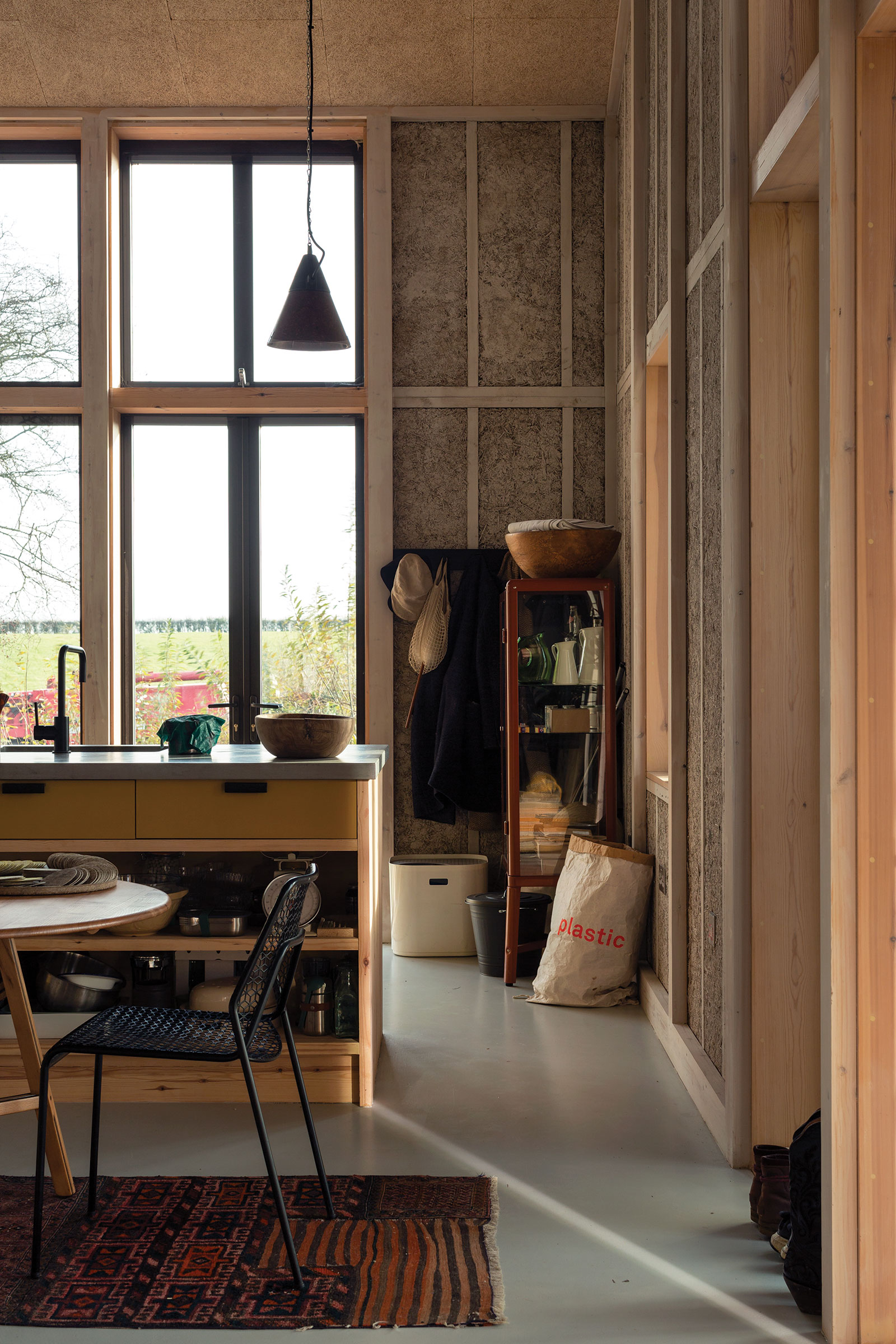
Are there any easy ways to stop condensation?
In addition to the home improvements, there are also behavioural changes you can make that reduce condensation without making significant changes to your home.
These include:
- Using the cooker hood for ventilation when cooking in the kitchen
- Using lids for pans
- Limit significant temperature changes caused by turning your heating on and off - try to keep a consistent temperature
- Dry clothes in well ventilated spaces (outside if possible)
- Don't hang wet clothes on radiators to dry
- Ensure extractor fans are on when using a bathroom or open a window
- Leave a gap between furniture and walls to allow air to circulate from the base of walls

Chris has been advising on humidity solutions and dehumidifiers since 1991 and is well known within the dehumidifier industry across the world as a lead on innovation and sustainability.
Should I use a dehumidifier for condensation?
Investing in a dehumidifier is a really good idea if you want to reduce condensation in your home; however, it's worth understanding how they work to get the most out of them – and you really will want to seek out the best dehumidifiers for the job as not all are created equal.
The most common type of dehumidifier used in homes are compressor dehumidifiers.
"These draw in the air over have a cold-coils system," says Chris Michael, managing director of Meaco. "They have two sets of coils, the first cools to create the condensation, which is collected into the water tank, the second warms the dry air back to just above room temperature. This helps to create the dry air needed to combat condensation, mould and damp problems."
The best humidifiers are one way to help get rid of condensation, but there are other methods which also help. Check out our how to stop condensation on walls and condensation in conservatories guides for more insight.
Natasha was Homebuilding & Renovating’s Associate Content Editor and was a member of the Homebuilding team for over two decades. In her role on Homebuilding & Renovating she imparted her knowledge on a wide range of renovation topics, from window condensation to renovating bathrooms, to removing walls and adding an extension. She continues to write for Homebuilding on these topics, and more. An experienced journalist and renovation expert, she also writes for a number of other homes titles, including Homes & Gardens and Ideal Homes. Over the years Natasha has renovated and carried out a side extension to a Victorian terrace. She is currently living in the rural Edwardian cottage she renovated and extended on a largely DIY basis, living on site for the duration of the project.
